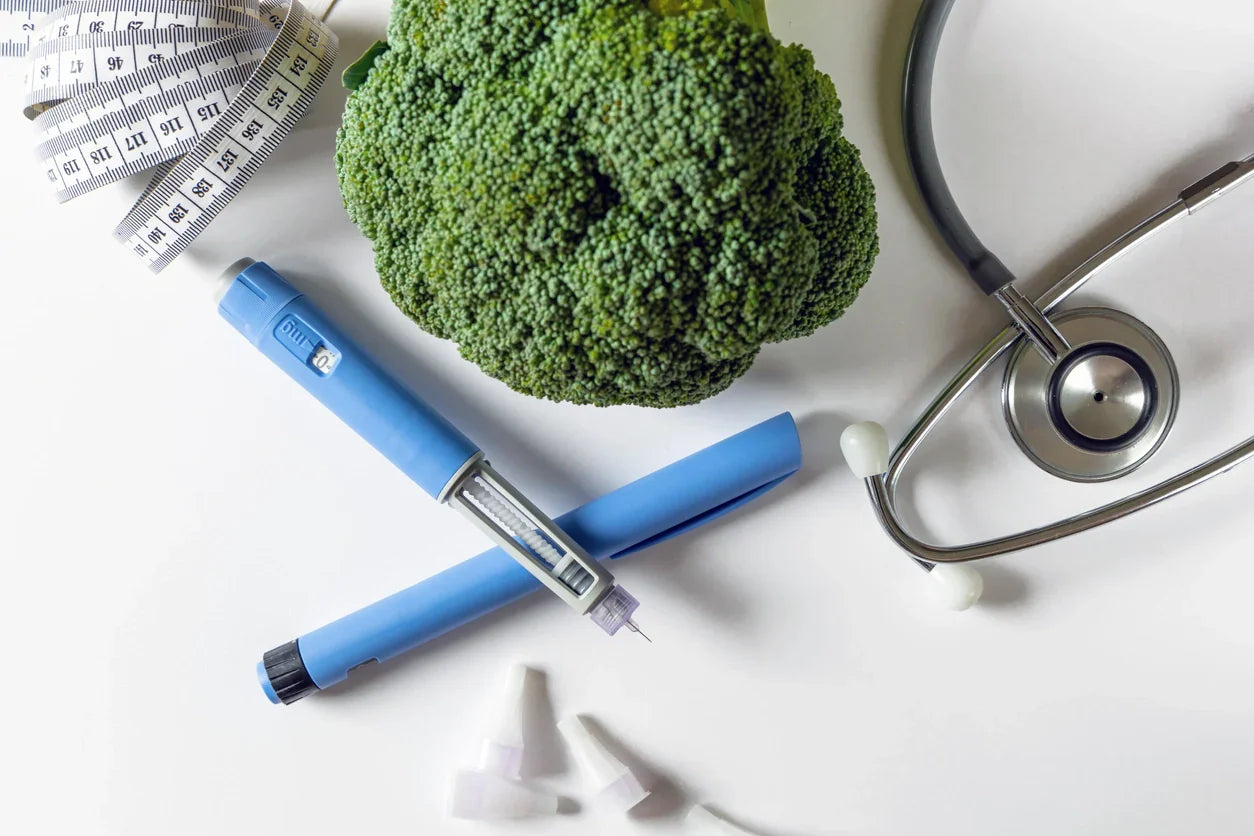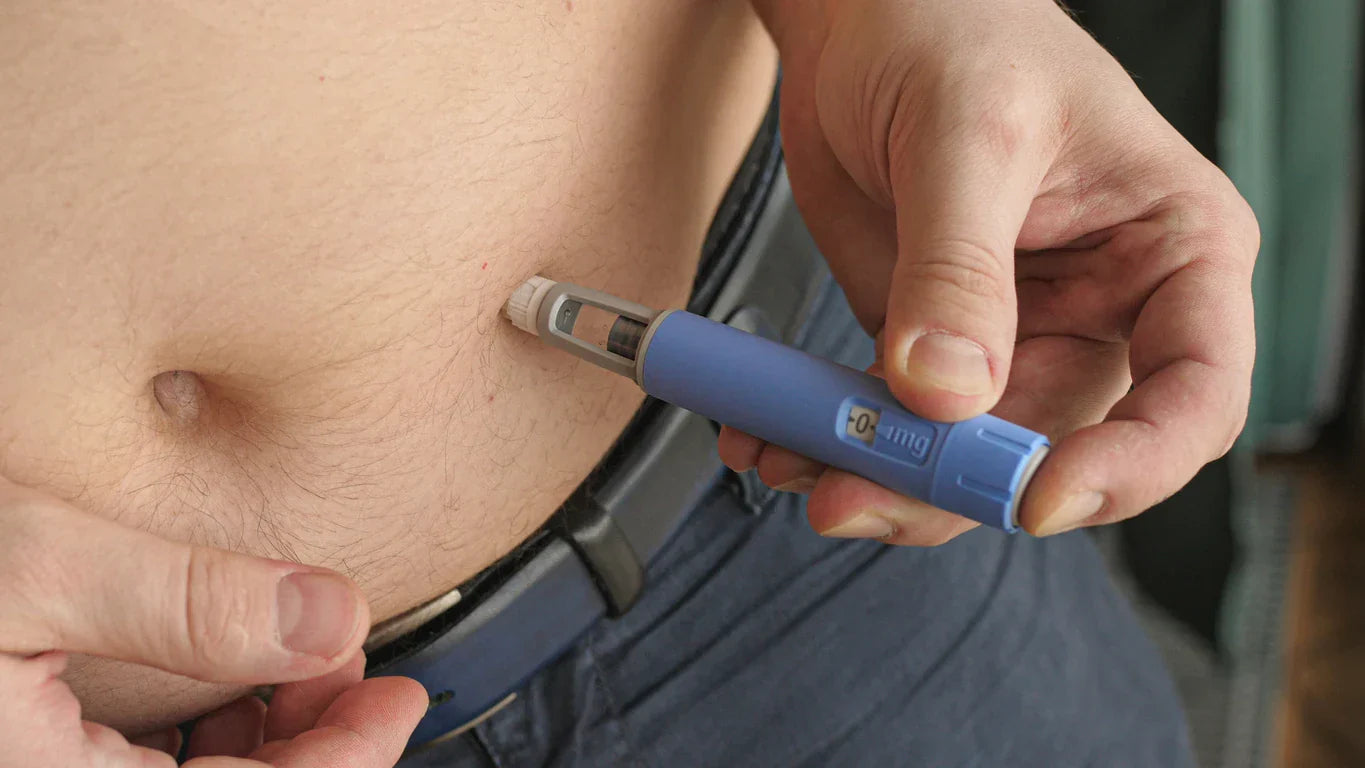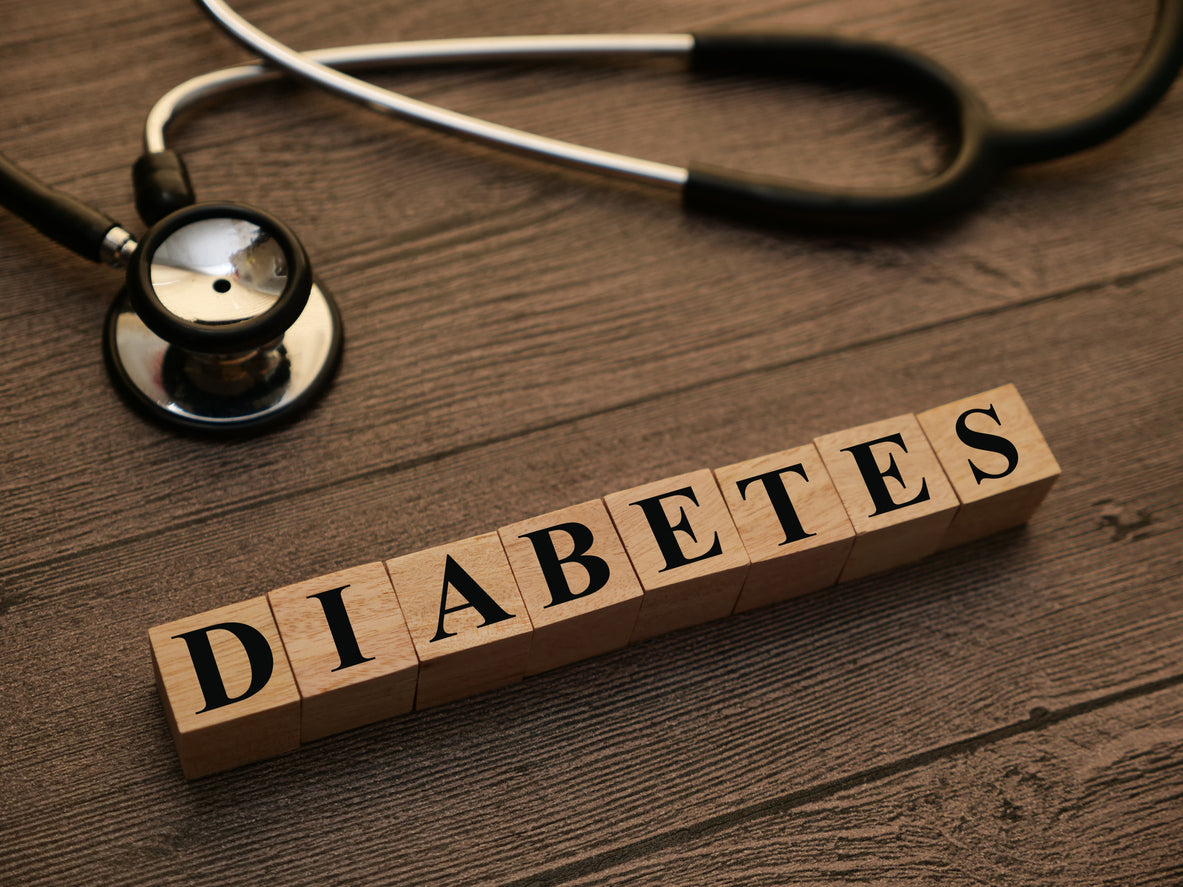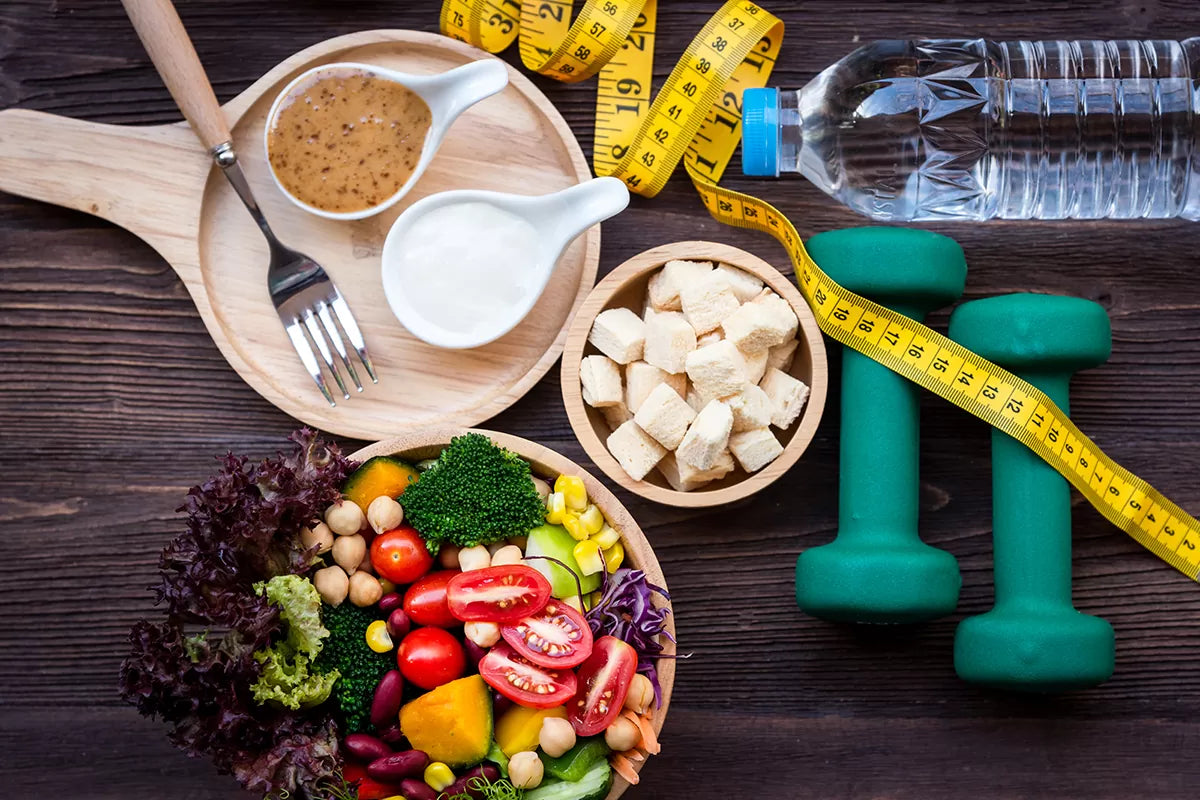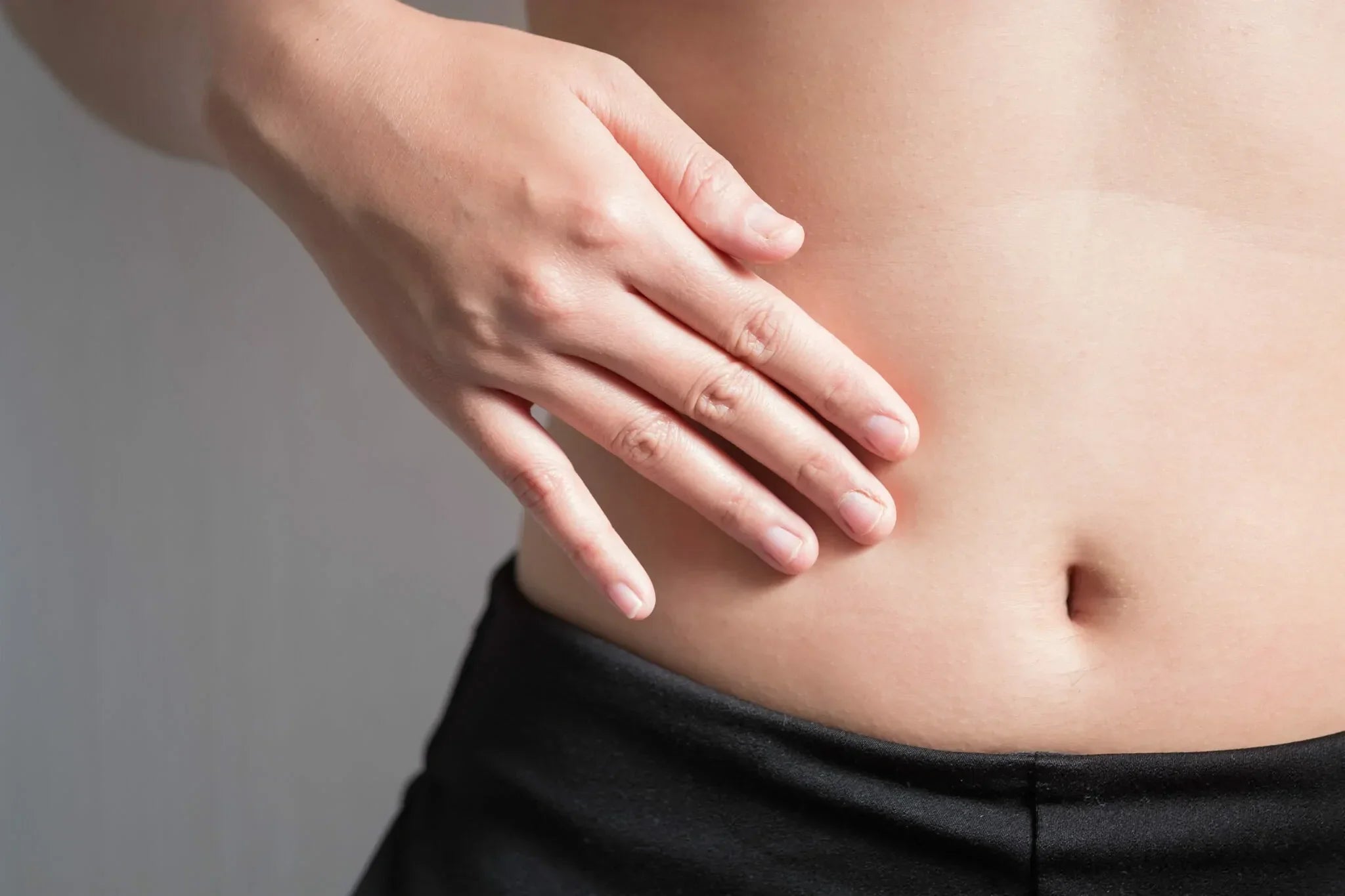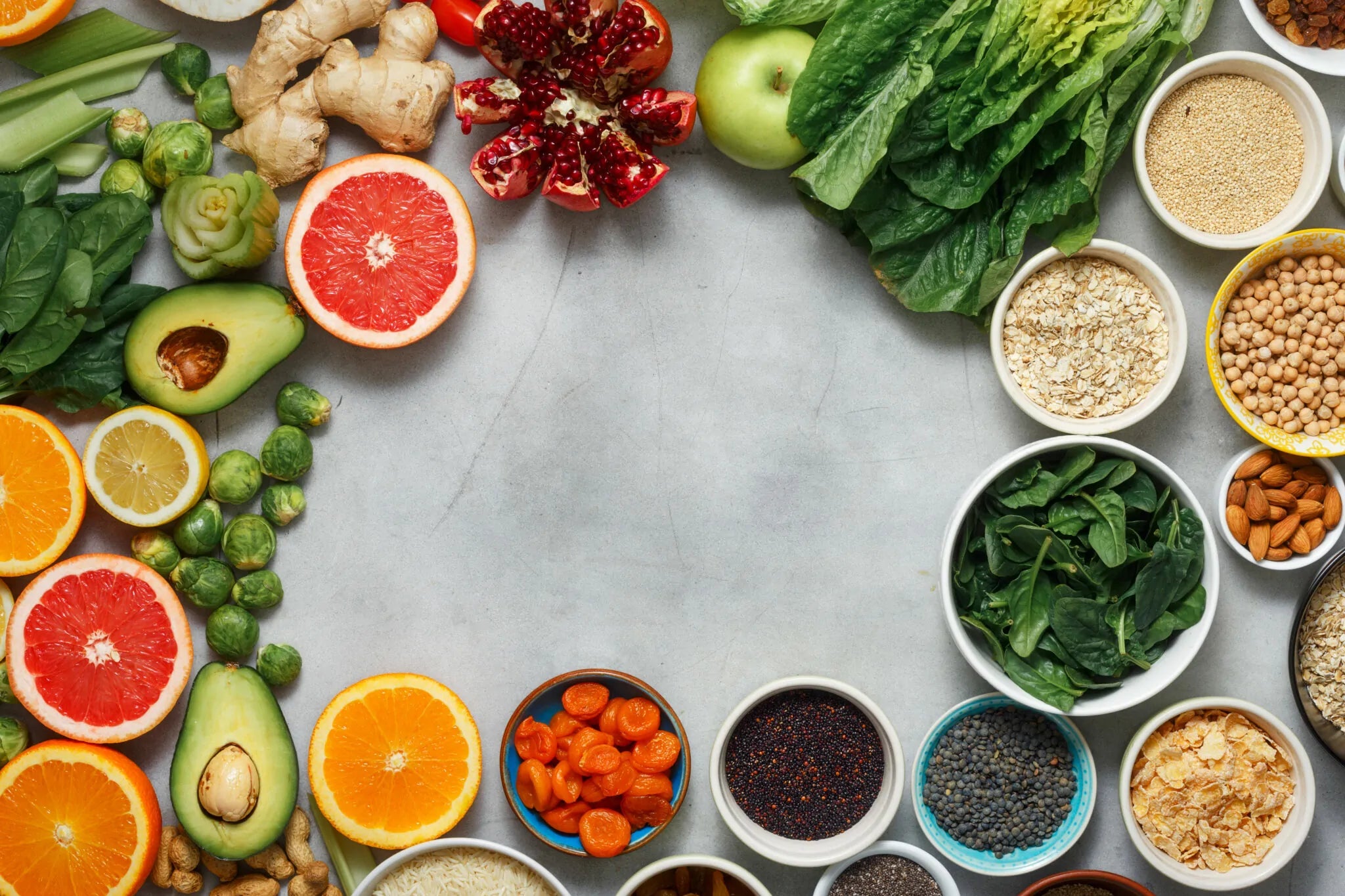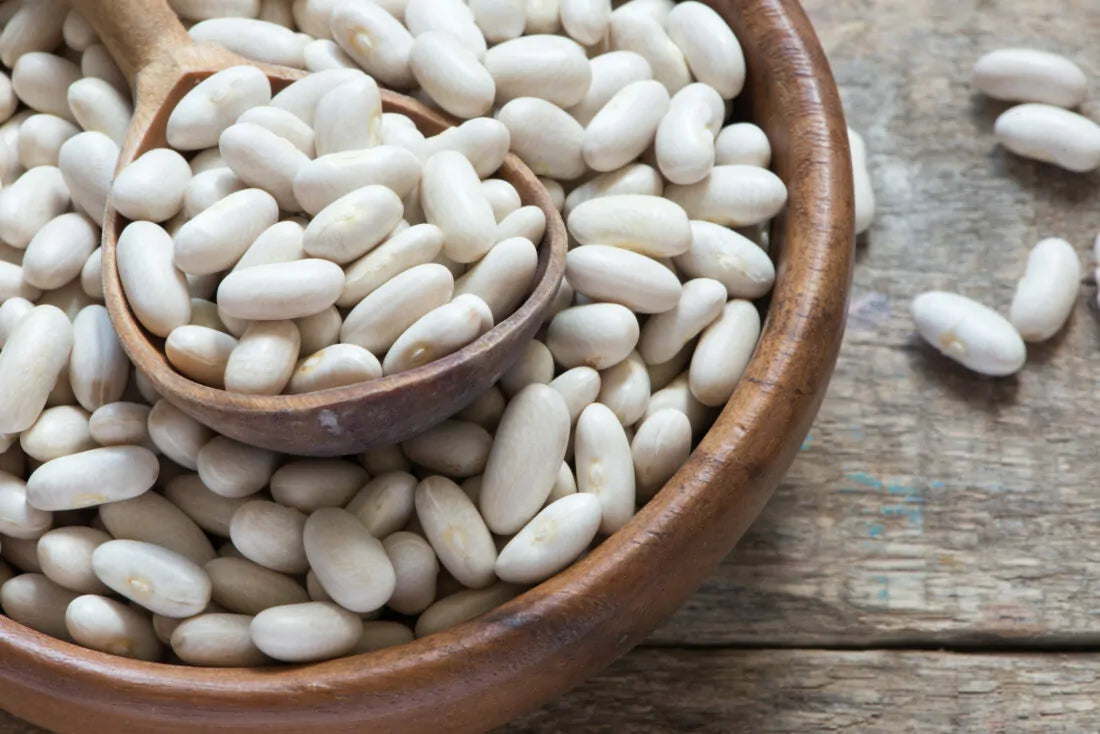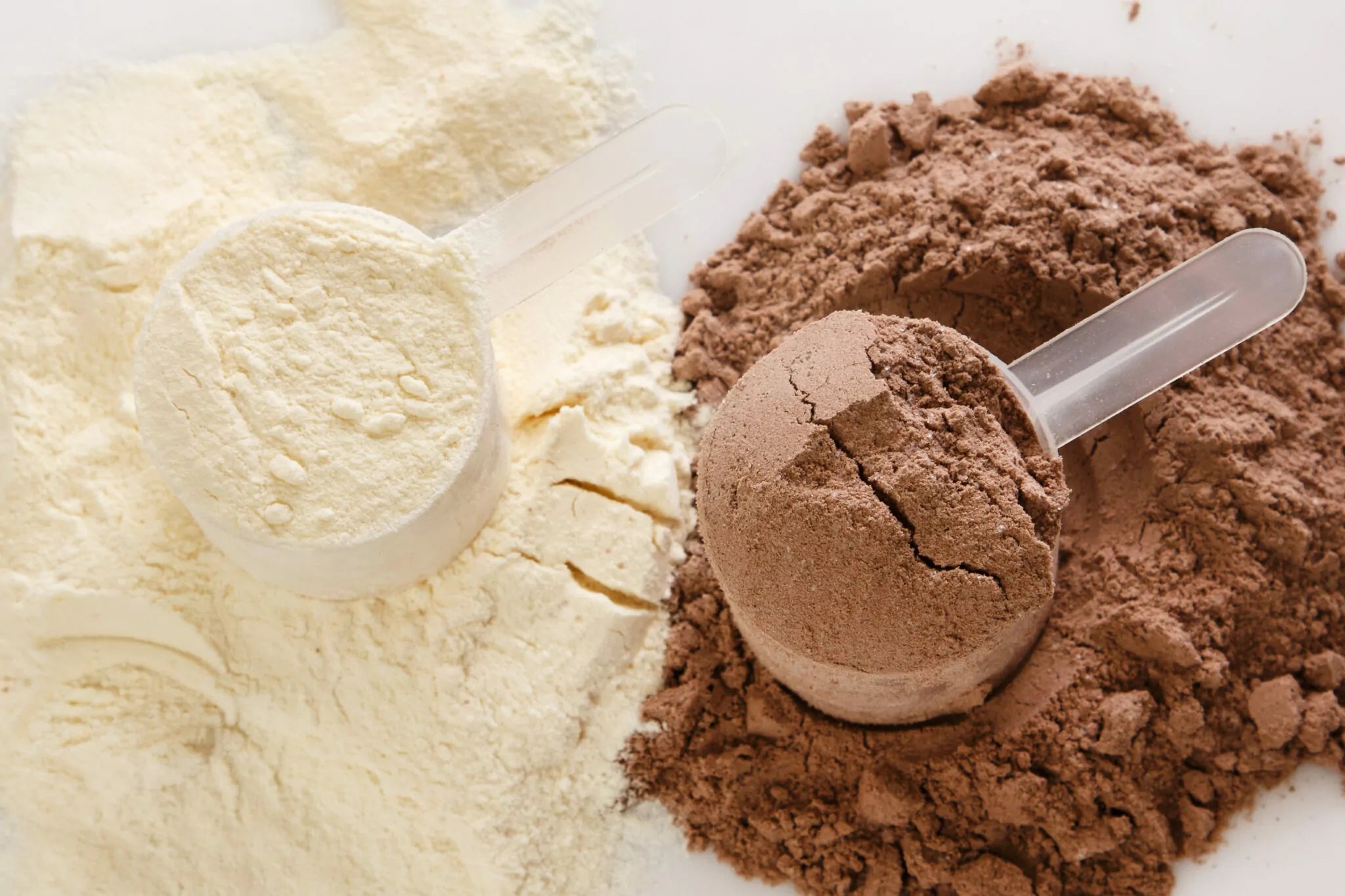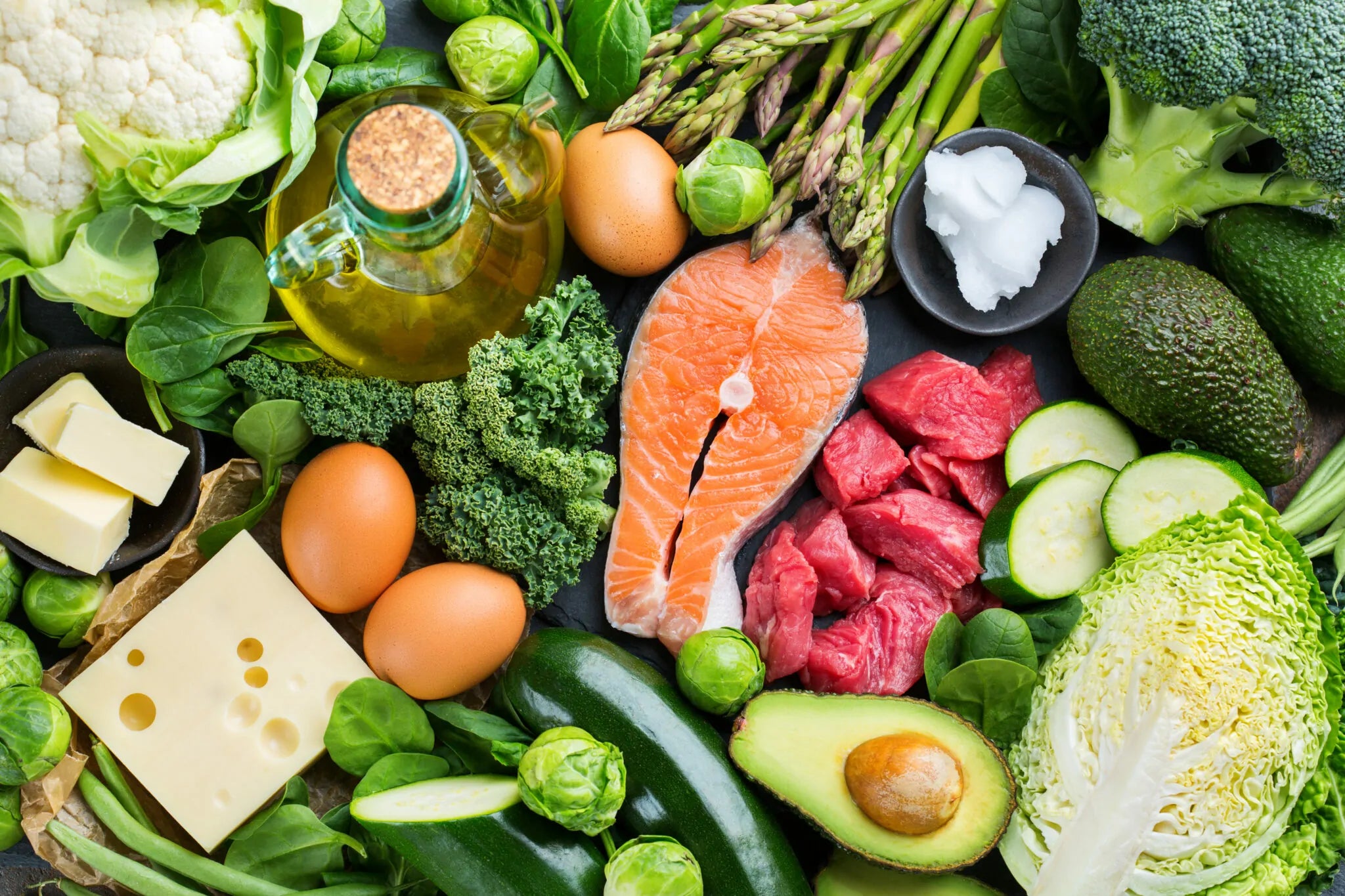من قبل هيئة سلامة الأغذية الأوروبية (EFSA) (2017)
سيرة ذاتية
يتناول الرأي الحالي إعادة تقييم الكونجاك (E 425)، الذي يتألف من صمغ الكونجاك (E 425 i) وغلوكومانان الكونجاك (E 425 ii) عند استخدامه كمضافات غذائية. واتباعًا للإطار المفاهيمي لتقييم مخاطر بعض الإضافات الغذائية التي أعيد تقييمها بموجب لائحة المفوضية (الاتحاد الأوروبي) رقم 257/2010، اعتبرت اللجنة أن الاستخدام الحالي للكونجاك (E 425) كان محدودًا في جميع فئات الأغذية إلى الحد الأقصى المسموح به (MPL) البالغ 10 جم / كجم، وأن تقييم التعرض المكرر الإرشادي المحسوب لجميع الفئات السكانية كان أقل من 0.1 مجم / كجم من وزن الجسم (bw) يوميًا للسكان عمومًا (متوسط ومستوى مرتفع). من غير المرجح أن يتم امتصاص صمغ الكونجاك وغلوكومانان الكونجاك سليمين وقد تم تخميرهما بشكل كبير بواسطة ميكروبات الأمعاء.
وقد اعتُبرت قاعدة البيانات المتاحة للدراسات السمية محدودة، ومع ذلك، لم تُشاهد أي آثار ضارة ذات صلة في الفئران والكلاب في دراسات التغذية التي استمرت لمدة 90 يومًا وفقًا لـ SCF، حيث بلغ مستوى عدم ملاحظة التأثير (NOEL) في الفئران 1250 مجم من جلوكومانان الكونجاك / كجم من وزن الجسم يوميًا. لم يكن صمغ الكونجاك وجلوكومانان الكونجاك مصدر قلق فيما يتعلق بالسمية الجينية. بعد جرعة يومية قدرها 3000 مجم للبالغين لمدة 12 أسبوعًا، عانى العديد من الأفراد من عدم الراحة في البطن بما في ذلك الإسهال أو الإمساك. وخلصت اللجنة إلى عدم وجود حاجة إلى مدخول يومي مقبول عدديًا (ADI) وأنه لا توجد مخاوف تتعلق بالسلامة بالنسبة لعامة السكان في تقييم التعرض المكرر للاستخدامات المبلغ عنها لصمغ الكونجاك (E 425 i) وجلوكومانان الكونجاك (E 425 ii) كمضافات غذائية في ظل الظروف الحالية لاستخدام 10 جم / كجم. واتفقت اللجنة مع استنتاجات لجنة الأغذية والزراعة (1997) على أن استخدامات الكونجاك (E 425) كمادة مضافة بمستويات تصل إلى 10 جم/كجم في الغذاء مقبولة، شريطة أن يظل إجمالي المدخول من جميع المصادر أقل من 3 جم/يوم.
لقراءة الدراسة كاملة اضغط هنا ( عربي )





